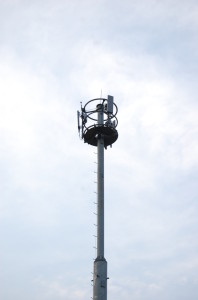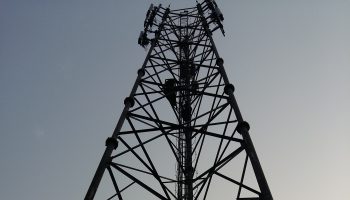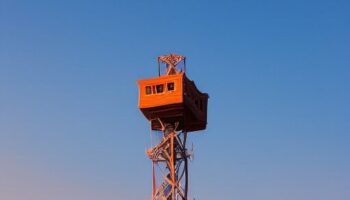 After rolling out telecom towers in Delhi-NCR region since Jan-2014, as reported, Reliance Jio is gearing up closer to launch of its Network in some of its key circles, including Delhi-NCR. Jio has already partnered with Samsung Electronics for 4G BTS equipment deal last year and till date the only confirmed OEM partner on roll for radio access network aka RAN. Interestingly, for Samsung this is the first of such deals bagged by the company globally and till date, the company hasn’t announced any new deals for 4G RAN gears in India with any other Opco.
After rolling out telecom towers in Delhi-NCR region since Jan-2014, as reported, Reliance Jio is gearing up closer to launch of its Network in some of its key circles, including Delhi-NCR. Jio has already partnered with Samsung Electronics for 4G BTS equipment deal last year and till date the only confirmed OEM partner on roll for radio access network aka RAN. Interestingly, for Samsung this is the first of such deals bagged by the company globally and till date, the company hasn’t announced any new deals for 4G RAN gears in India with any other Opco.
After winning 1800 MHz spectrum in 14 telecom circles in recent spectrum auctions, Jio, lead by promoter Mr. Mukesh Ambani, has gone aggressive on hiring for key positions in various circles. Jio already holds PAN India BWA (Broadband Wireless Access) spectrum for roll-out of Wireless Broadband services in 2.3 GHz band. After winning 1800 MHz spectrum, Jio now holds 2.3 GHz PAN India spectrum (20 MHz single LTE Block of TD-LTE) & 1800 MHz spectrum in block of 2×5 MHz & 2×7 MHz ( UL 5/7 MHz & DL 5/7 MHz).
As announced by Jio Chairman Mr. Mukesh Ambani, Jio is planning to roll-out of TD-LTE services in BWA Spectrum (2.3 GHz) and FD-LTE services in 1800 MHz block. In Delhi-NCR circle, Jio holds 20 MHz TD-LTE (same 20 MHz block would be used for UL & DL where spectrum is shared on time basis) & 2×5 MHz Spectrum block (different 5 MHz block would be used for UL & DL). So in total Jio holds 25 MHz of spectrum in Delhi-NCR circle, which could/would be used by different access methods, including TD-LTE, FD-LTE or even GSM (2G)/WCDMA (3G). The choice is with Jio team.
Recently we observed that Jio has started installing dual band antennas on towers erected. Although we are still confirming the details on types of antennas, we suspect that antennas are dual band, supporting both 1800 MHz (FD-LTE) & 2300 MHz (TD-LTE) already. Irrespective of RAN technology selected (LTE, GSM or WCDMA), Jio’s passive infra (including outdoor antenna) would be technology neutral.
If you could see closely, Samsung/Jio has quite typical tower infrastructure in place. Antennas are connected to Radio Unit via short coaxial jumpers (black color), which is then connected to base-band unit over fiber. There are three such RUs (one for each antenna) placed on top of tower, one for each sector, covering entire surrounding area. Each sector provides typically 120 degrees coverage.
As reported by NDTV, although slated to launch network by Sep 2014, we expect Jio would need some more time to rollout its first network. Although Jio has finalized couple of deals for tower sharing infra with other infra players, rollout of LTE (different versions) without support of Voice would mean loss of key revenue. We observed that towers erected are intermittent, resulting into non-overlapping coverage. It simply means that Jio subscribers would move out of LTE coverage & might need to latch on to either different LTE network or GSM or even WCDMA network for voice/data support for seamless experience. We are yet to see roaming deals between Jio and other roaming partners on card.



